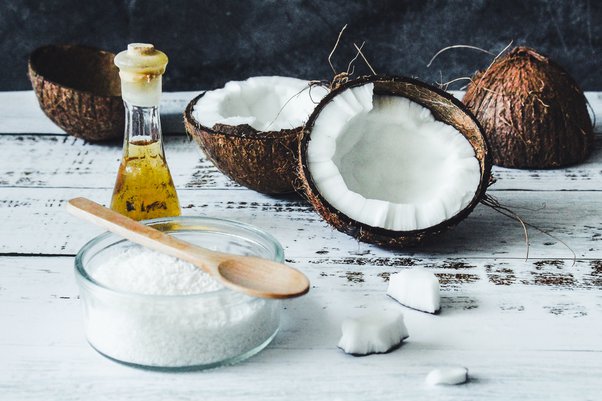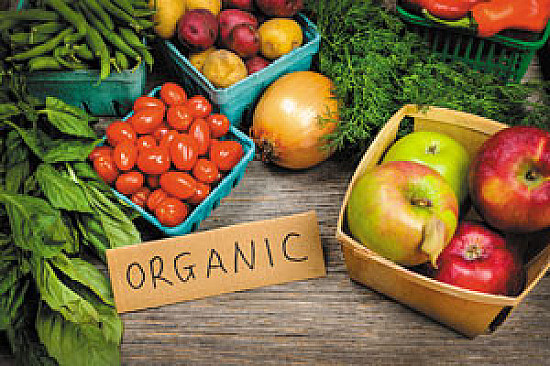
You should take into account the amount of amino acids in each food item when choosing protein sources. Different proteins contain different amounts of each type of amino acid. Foods may be rich in some but not others. Fish, poultry, and meat are excellent sources for protein, as they are low-calorie and fat. Vegetables, on the contrary, have lower levels of methionine, tryptophan, lysine, and tryptophan. Combining meat, vegetables and grains can make up for the loss of one amino acid. However, most health organisations recommend eating meat and dairy for protein.
Almonds, peanut butter, cashew butter, and almonds are all high-protein food options. Lamb is a great source of iron, zinc, vitamin B12, phosphorous, and other essential nutrients. Lamb contains moderate amounts of fat, in addition to its high protein content. CLA is an essential fatty acid which can be linked to weight management and improved satiety.
Protein in animal products comes in many forms, including eggs, yogurt, and milk. A study published in the Journal of Nutrition and Diet found that men who consume a high-protein diet have a 33% higher risk of developing heart failure. A high-protein diet can also increase the risk of heart disease in men. Another study found that high-protein diets have been associated with an increased chance of developing cancer, including colorectal or colon cancer. It has also been shown to negatively affect bone, liver, and kidney health.
The legumes are a great source of protein. They contain 27.9% leucine. Pea-protein isolate commercially and pea flour complement cereal based proteins. Moreover, legumes are important for vegetarian diets. Although they are not rich in methionine or cysteine, they do provide sufficient amounts of tryptophan, which is essential for the proper functioning of the body.
Beans and seeds are also excellent sources of protein. A quarter cup can contain between 4-9 grams of protein from most nuts and seeds. In addition, a couple of tablespoons of seeds or tahini can provide eight to nine grams of protein. The average person needs 1.2 grams of protein for every kilo of bodyweight. Tahini and seeds are a great source of protein for those who have a low protein diet.

You can also find protein in meats and dairy products. Unlike vegetables, animal protein is considered the best source for protein because it contains all of the nine essential amino acids. These foods are also rich in micronutrients such selenium, potassium and B-complex vitamins. They are high in protein, but they can also be a source of fat. Choose low-fat varieties of dairy products or reduce the amount you eat if you are trying to reduce your fat intake.
Plant-based proteins aren't limited to meat. Many grains are rich in protein. They are actually more common than you might imagine. You can use them to supplement meat-based dishes. You can also add lentils to salads and soups to get the same benefits. They can also be added to smoothies and shakes. This is a simple way to add protein to your meal without changing your diet. It will also help you get the nutrients you need.
Diabetes sufferers need protein. It's an energy-boosting drug that also has many other health benefits. It gives you a feeling of fullness and stops you feeling hungry. The more protein you consume, the better. Protein is essential for your health. It helps balance your mood and energy levels. You should aim to eat two servings of fish and chicken a week.

Protein has many health benefits that are not found in carbohydrates. It helps you lose weight and increases your energy levels. Excessive protein can cause adverse effects. It can also decrease your immune system. It may also decrease your chances of having a heart attack. You should take steps to make sure that your body gets the right amount of protein every day. It is important to eat high-protein foods. You should consult your doctor before you decide whether to eat a food high in these nutrients.
FAQ
What are the qualifications to be a chef?
To be a chef you need a bachelor's level in culinary arts. In addition, you need to pass a series of tests administered by the ACF. After you have completed all requirements, you will receive a certificate confirming your qualifications.
How much does it cost to go to culinary school?
The cost of a culinary school depends on where you are, how much you study, and what program or course you choose. The average tuition cost is $10,000-$30,000 annually. The average student graduates with $20,000 in debt. There are programs that offer work-study and scholarships.
How Long Does it Take to Become a Chef? What's the average career path for a chef?
Five years is required to become a professional chef. This time you'll learn the basics of cooking and work as a cook assistant. When you finish your training, you can apply for positions as a line cook, sous chef, or executive chef. The average salary for a chef ranges from $25,000 to $60,000 per year.
Statistics
- According to the BLS, chefs earn $58,740 a year. (learnhowtobecome.org)
- You'll be amazed that over 90% of CIA students receive scholarships and grants to finish their culinary studies. (ischoolconnect.com)
- The median pay for a chef or head cook is $53,380 per year or $25.66/hour, according to the U.S. Bureau of Labor Statistics (BLS). (learnhowtobecome.org)
External Links
How To
How to make the perfect omelet
Omelets have always been a favourite food to eat for breakfast. But how do you create them perfectly? I've tried many recipes and different methods but none have worked. So I am sharing some tips and tricks today to help you make fluffy, delicious omelets every morning.
It is important to know that eggs can be temperamental when making omelets. It is important that eggs are fresh from an organic market and kept cool until used. They must be kept cool, otherwise the whites will not form properly and the yolks may become runny. Your omelets will look strangely colored if this happens. If you want to make omelets right away, it's best not to use eggs that are too cold.
Another tip is to separate the egg before adding it to the pan. You don't want any white to get mixed up with the yolk because this could cause the omelet to curdle.
If you add the egg directly onto the stovetop, you might end up burning the bottom part of the egg, which would ruin the texture of your omelet. Instead, heat the egg in a microwave for 10 seconds and then place it in a pan. The microwave heat is sufficient to cook the egg without overcooking.
Next, let’s talk about mixing the egg. Mix eggs well together. You need to turn the bowl of the mixer upside down. Now shake the bowl vigorously. This will whip the air around the bowl and mix the egg well.
The fun part is now - adding the milk to the mixture. First, pour half of the milk into the beaten eggs and then fold the eggs gently into the remaining milk. Do not be alarmed if there are still egg streaks visible. Once the omelet flips, these streaks will disappear.
After folding the eggs, place the pan on medium heat and wait for the oil to start sizzling. Add 1/4 cup butter to the oil and swirl it around to coat all sides of the pan. Carefully open the pan's lid and add salt to the pan. Salt will prevent the omelet sticking to the pan.
Once the omelet has formed, cover the pan again and wait for the top side to set completely. Flip the omelet over using a spatula or flip the pan upside down. Cook the other half for another minute. Serve the omelet immediately by removing it from the pan.
This recipe is best when used with whole milk. But, you can use skimmed milk as well.